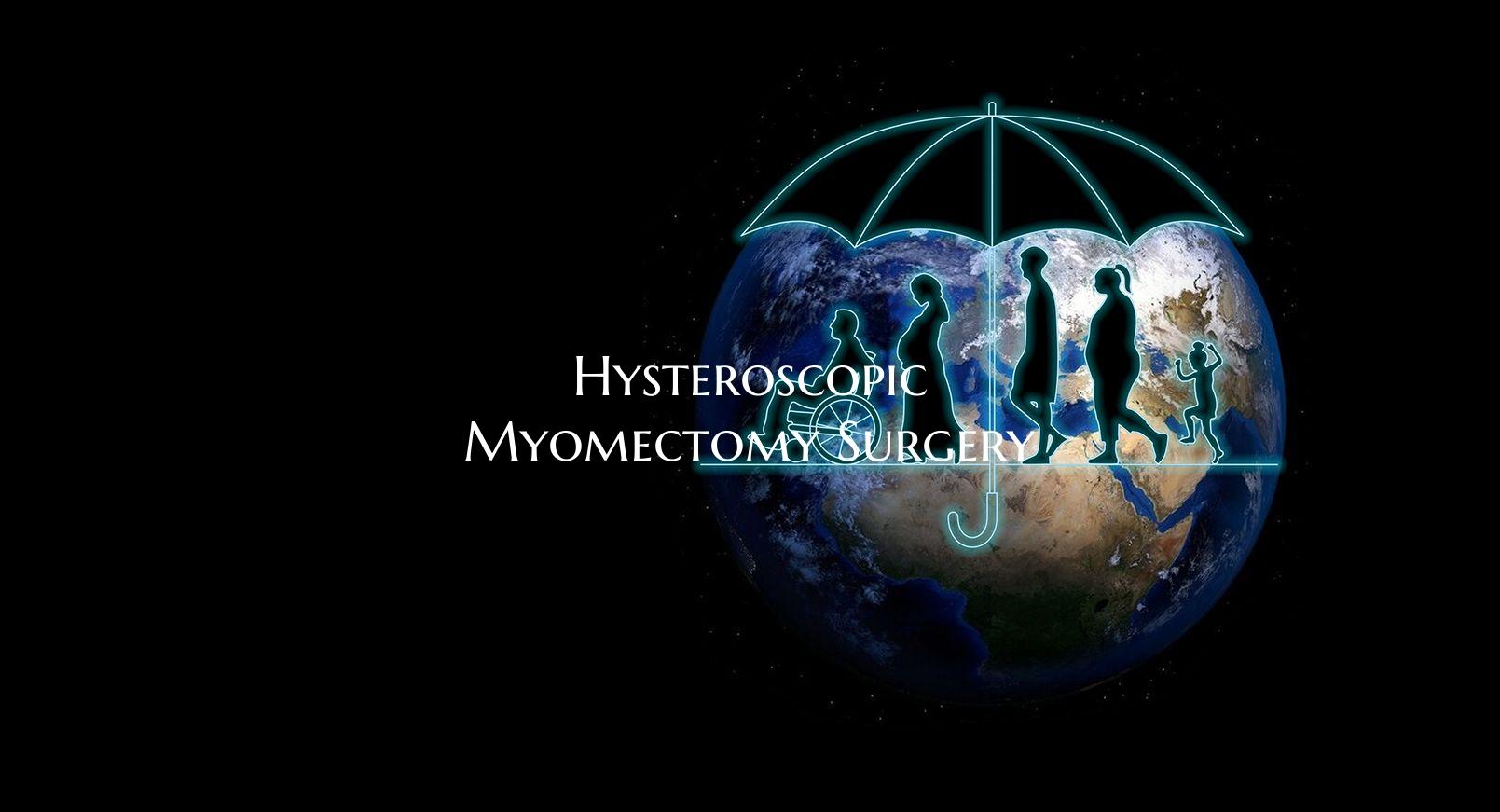
Hysteroscopic Myomectomy Surgery
Hysteroscopic Myomectomy Surgery: A Minimally Invasive Approach to Treating Uterine Fibroids
Hysteroscopic myomectomy is a minimally invasive surgical procedure performed to remove uterine fibroids that are located within the uterine cavity. This procedure is considered an effective treatment option for women who have symptomatic fibroids, such as heavy menstrual bleeding, pelvic pain, or infertility issues.
During a hysteroscopic myomectomy, a specialized instrument called a hysteroscope is used. The hysteroscope is a thin, lighted tube that is inserted through the vagina and cervix into the uterus. This allows the surgeon to visualize the fibroids and carefully remove them without the need for any abdominal incisions.
One of the key benefits of hysteroscopic myomectomy surgery is its minimally invasive nature, which typically results in less pain, faster recovery times, and reduced scarring compared to traditional open surgery. Additionally, since the procedure is performed using a hysteroscope, there is a lower risk of complications such as infection or injury to surrounding tissues.
After the hysteroscopic myomectomy procedure, patients may experience some mild cramping and spotting for a few days. Most women are able to return to their normal activities within a few days to a week, depending on the size and number of fibroids removed during the surgery.
Overall, hysteroscopic myomectomy surgery offers a safe and effective treatment option for women seeking relief from the symptoms of uterine fibroids. By preserving the uterus and minimizing recovery time, this minimally invasive approach can help women regain their quality of life and reproductive health.
If you are considering hysteroscopic myomectomy surgery, it is important to consult with a gynecologist or a specialist in minimally invasive gynecologic surgery to determine if this procedure is the right option for you based on your individual health needs and condition.